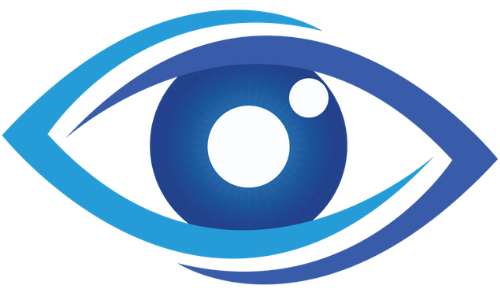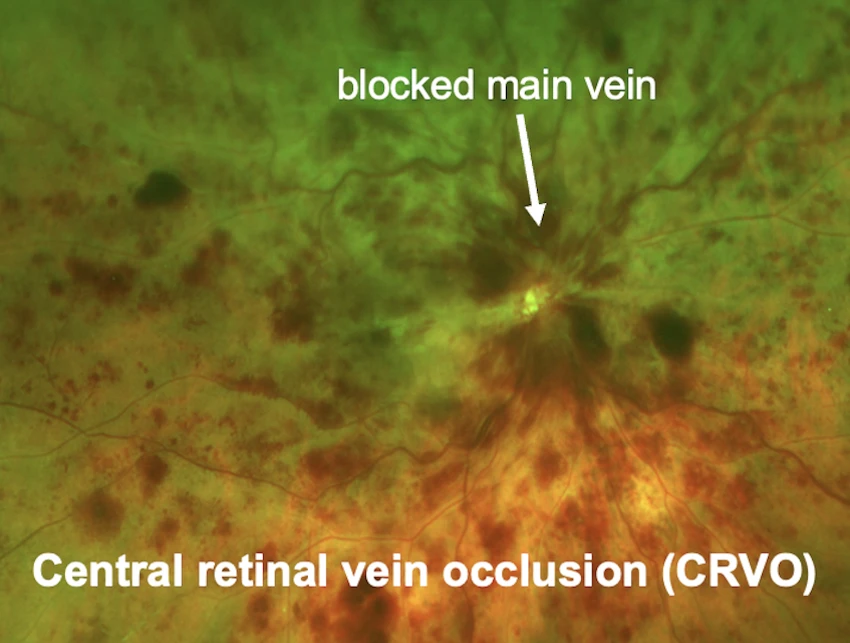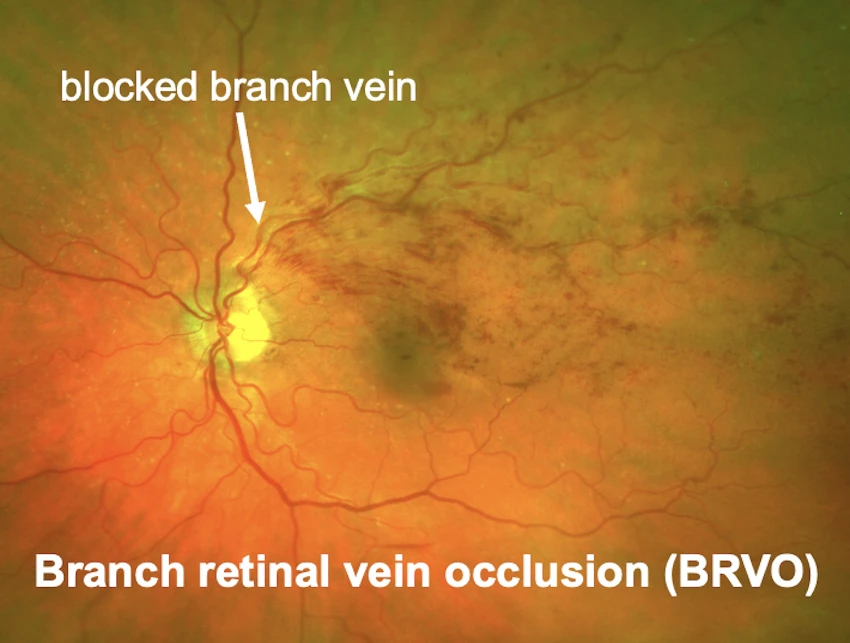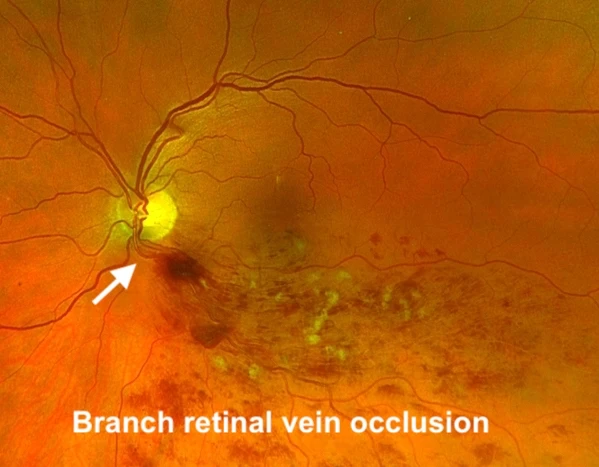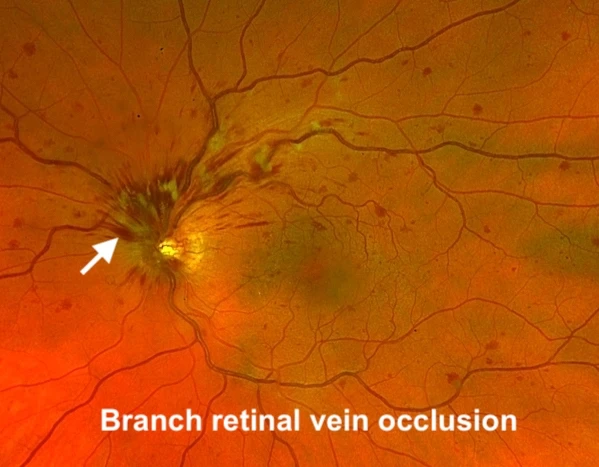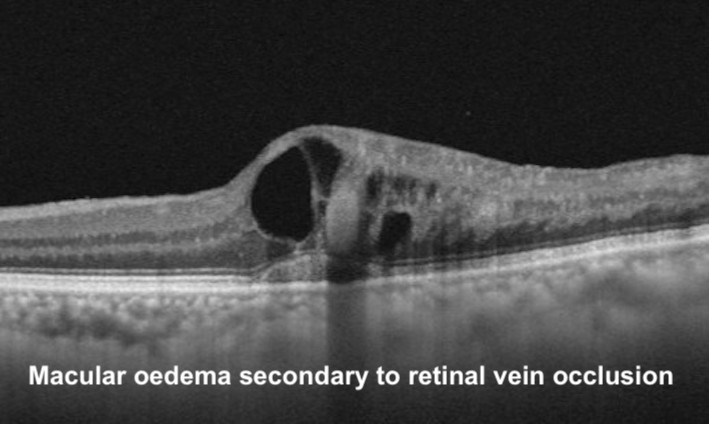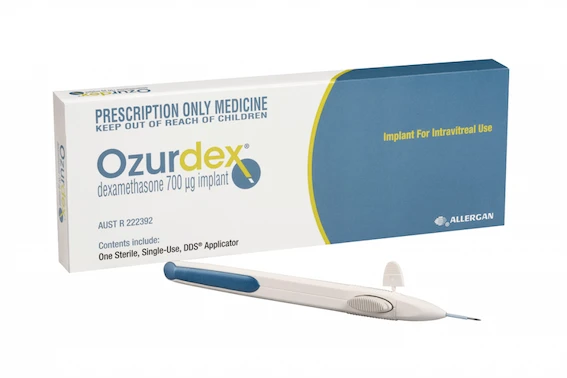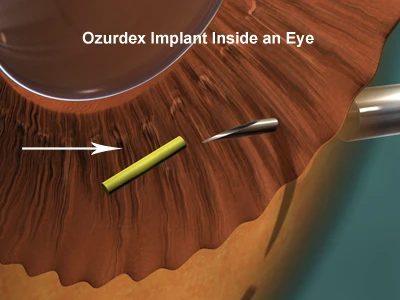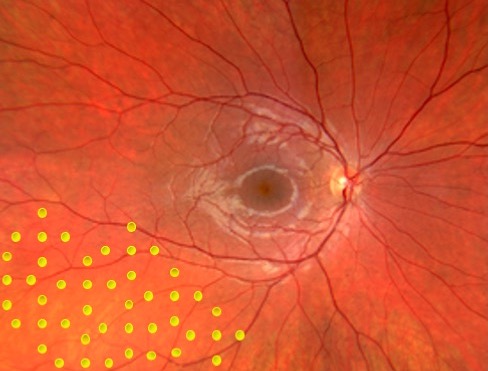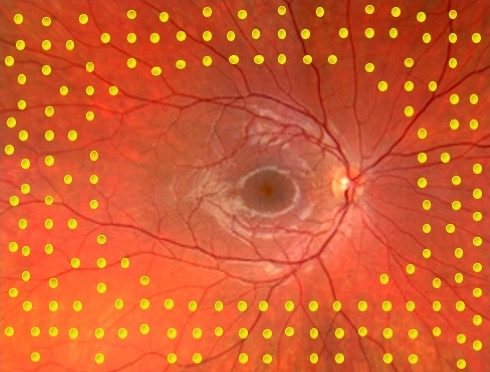Retinal vein occlusion happens when a blood clot blocks a vein and obstructs the blood flow within the retina.
There are two types of RVO:
- Central retinal vein occlusion (CRVO): blockage of the main retinal vein
- Branch retinal vein occlusion (BRVO): blockage of one of the smaller branch veins
